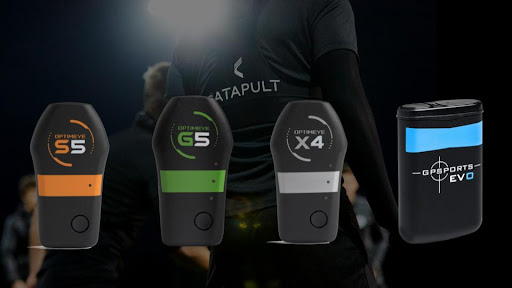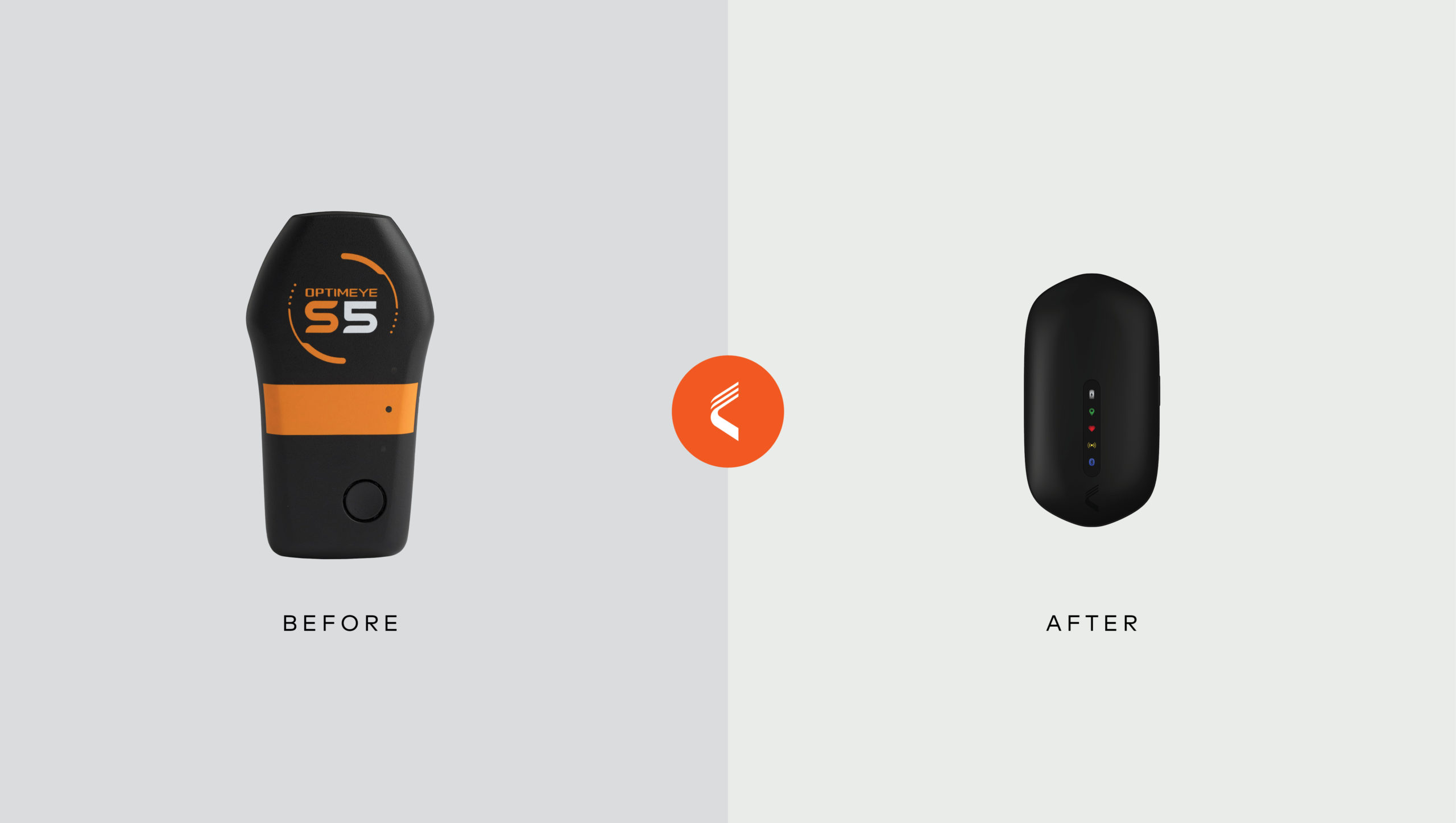A history of elite wearable technology in team sport
The evolution of wearable technology in elite sports has transformed how athletes train, perform, and recover. Starting when the Australian Institute of Sport (AIS) sought to develop a new system to quantify athletic movement outside laboratory conditions, the journey of wearable technology history in team sports has been marked by groundbreaking innovations and collaborations.
The Origins of Wearable Technology in Sports
Ahead of the 2004 Athens Olympics, the AIS collaborated with the Cooperative Research Centres (CRC), a scientific organization, to design microtechnology for monitoring athlete performance. Although performance tracking in controlled lab settings was standard, replicating this process in real-world conditions required a new approach. This partnership led to the first wearable technology for elite team athletes, engineered to bring lab-quality analysis onto the field.
To see how wearable technology has evolved and how Catapult has contributed to this field, watch the video below:
Catapult’s Role in Wearable Technology History
The journey toward modern wearable sports technology began with Catapult’s co-founders, Shaun Holthouse and Igor van de Griendt. Working closely with the AIS and CRC, they spearheaded the development of a device initially used exclusively by the Australian Olympic team until 2006—a period that coincided with Australia’s record Olympic performance in 2004.
From Boats to Bodies: The First Wearable Devices
The original device, rather than being worn by athletes, was mounted on rowing boats to measure roll, pitch, and yaw. As technology progressed, the device became more compact and was eventually placed on the athlete’s thoracic spine, balancing GPS accuracy with safety considerations.
The original device wasn’t worn by the athlete at all, but was instead used on rowing boats to measure the roll (rotation around the front-to-back axis), pitch (rotation around the side-to-side axis), and yaw (rotation around the vertical axis). As the technology advanced and the size of the device shrunk, it was soon placed on the thoracic region of the spine in order to capture the best GPS signal while maintaining athlete safety.

Commercialization of Wearable Technology: The minimaXx Device
After securing the necessary patents, Catapult commercialized the product, releasing the minimaXx device in 2006. Initially adopted by Australian football teams, the device enabled coaches to track player distances and movement data more precisely.
Advancements in Athlete Monitoring
From its beginnings as a GPS tracker, wearable technology quickly evolved to include inertial sensors, such as accelerometers, gyroscopes, and magnetometers. Heart rate connectivity was added, and as microprocessor power increased, so did the capacity for sport-specific analytics.
Indoor Adaptations: From GPS to Local Positioning Systems (LPS)
With the growing popularity of GPS athlete tracking in outdoor sports, there was a surge in demand from indoor sports like basketball and ice hockey. This need led to the development of Local Positioning Systems (LPS), a breakthrough that allowed wearable technology to function indoors by creating a proxy satellite network. This evolution ensured athletes could be accurately tracked in enclosed environments without the need for satellite access.
As the technology continues its rapid development, the next step is for GPS and LPS technologies to converge in a single device, allowing for consistent performance monitoring in every training and match environment.

The Future of Wearable Technology in Sports: GPS and LPS Convergence
The next phase in wearable technology history is the convergence of GPS and LPS within a single device, enabling seamless monitoring across all environments. As technology continues to advance, the integration of these systems promises even greater precision and reliability, making consistent performance monitoring possible in every training and match setting.
Want to discover how Catapult’s wearable technology can help your team? Click here to find out more.
Alternatively, to explore how GPS monitoring can give your team a competitive edge, check out our blog on the six key benefits of GPS athlete monitoring. Learn how this technology helps coaches reduce injury risks, track player workloads, and make data-driven decisions that enhance performance across every game and training session.
*This content was originally published in 2019 but has since been updated to maintain the accuracy of insight and user experience.